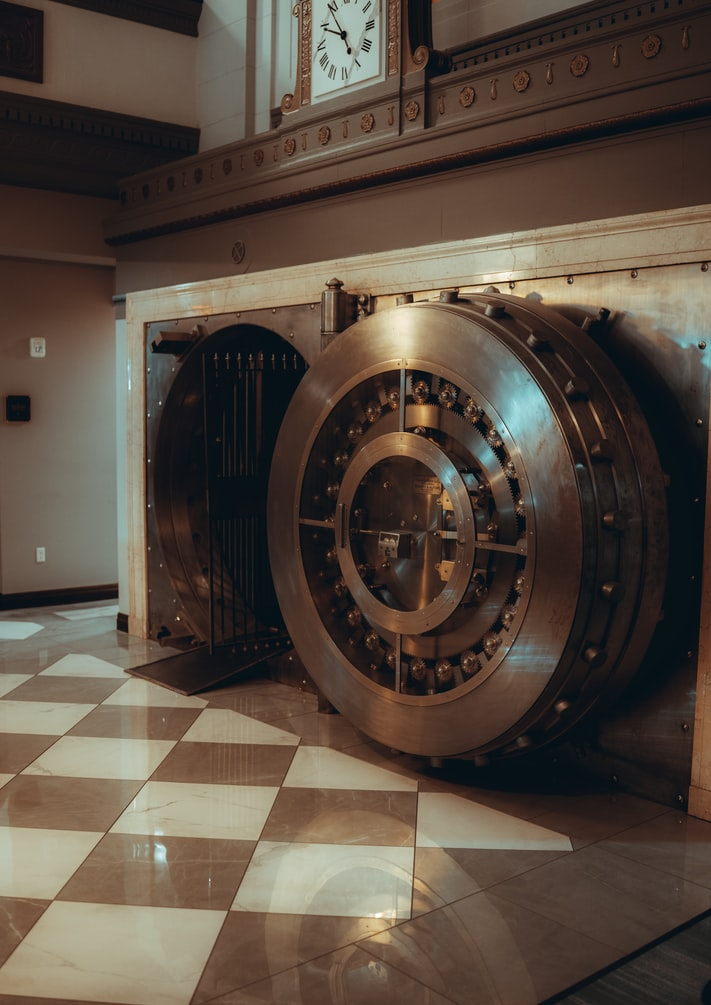How Countries Store Their Gold Reserves

Gold acts as a source of trust in all economic circumstances as it has no credit or counterparty concerns. For decades, gold has been an important asset of governments’ financial reserves, and its attractiveness shows no signs of waning. Central banks are the net buyers of gold; they currently own over 35,000 metric tons of gold, accounting for almost a quarter of all the gold ever mined. The main purpose of central banks is to diversify their reserves.
Take a look at how different countries store and protect their gold reserves:
Gold Reserves
Gold reserves refer to the vast amounts of gold held by a country’s government. The US government has the greatest gold reserve, with 8153.5 metric tons, whereas India’s government is eleventh with 557.8 tons of gold.
The majority of this gold is a relic from the decline of the gold standard, and governments now retain gold reserves to protect their currencies from risk. With all of this gold comes the concern about safely storing the valuable metal. To safeguard the security of their gold reserves, governments chose to keep them in a scattered group of banks. While it may appear reasonable at first to keep all of your gold as close as possible, numerous countries choose to maintain their gold reserves abroad.
Carrying tons of gold around the world is a complex task. As a result, most countries merely request that the opposing government transfer ownership of some of their gold holdings to them while keeping the physical stockpile in their own country.
The top three countries with the largest gold reserves in the world, the USA, Italy, and Germany, all keep sixty-eight percent of their gold in reserves. In contrast, Russia, China, and India keep fifteen percent, two percent, and six percent of their gold reserves in foreign states. With the advent of technology and the reduced risk of handling gold trafficking across nations, numerous governments have begun to reverse this trend, with more countries deciding to repatriate the noble metal.
Security
To begin with, the Reserve has its security force that undergoes rigorous training throughout the year. They must not only memorize comprehensive security protocols but also have marksmanship qualification badges for firearms. There are three levels of official recognition badges: sniper, sharpshooter, and professional. Although the Federal Reserve only demands a sniper’s skill level, practically all defense recruits have expert training in all three categories.
Gold Reserve Vault
The vault is usually protected by a multilevel security system, including a seventy to ninety-ton steel cylinder that guards the vault’s entrance. A tall cylinder is enclosed in a hundred to one forty-ton concrete frame that forms a hermetically sealed and watertight seal when closed. Time clocks are activated once the vault is closed, securing it until the next day.
Massive steel-reinforced concrete walls surround the vault, and security cameras monitor activities inside and outside the vault 24/7 and use motion sensors while the vault is closed.

Invest In Gold Now
At Orion Metal Exchange, we gladly help you determine the best metal to accomplish your desired investment goals. If you’re looking to buy gold coins bars at an affordable price, contact us today. We also provide secure private vault storage rentals; you can email us at support@orionmetalexchange.com. Request your free investor’s kit here.






